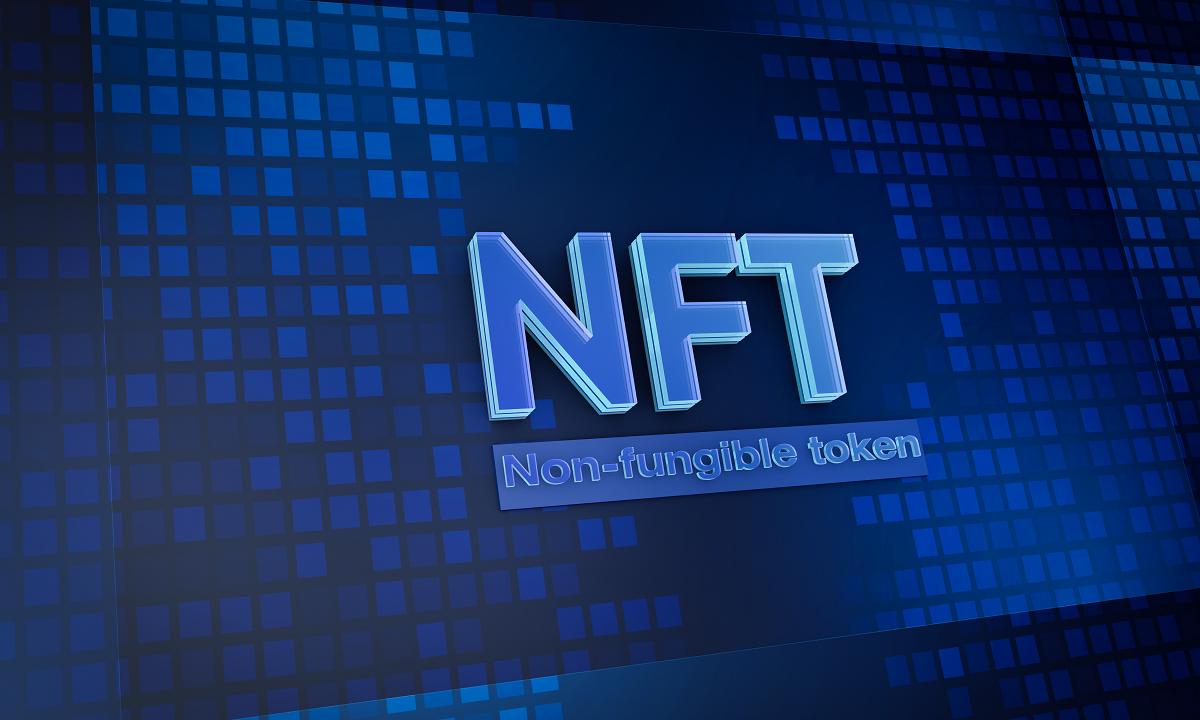Introduction to Non-Fungible Tokens (NFTs)
In recent years, the world has witnessed the rise of a groundbreaking technology that has the potential to revolutionize various industries – Non-Fungible Tokens, or NFTs. These unique digital assets have gained immense popularity and are now making waves in the art and gaming sectors. In this article, I will delve into the concept of NFTs, their value proposition, and the transformative impact they have on these industries.
Understanding the Concept of Fungibility
Before we dive into the intricacies of NFTs, it is essential to grasp the concept of fungibility. In simple terms, fungible assets are interchangeable and hold equal value. For example, traditional currency or cryptocurrencies like Bitcoin are fungible since each unit is equivalent to another. On the other hand, non-fungible assets, like NFTs, are unique and cannot be replaced by anything else.

What Makes NFTs Unique and Valuable?
NFTs derive their value from their uniqueness and scarcity. While digital files can be easily replicated, NFTs are built on blockchain technology, which provides a decentralized and transparent system for verifying ownership and authenticity. Each NFT contains a unique digital signature, making it easily distinguishable from other tokens. Additionally, the scarcity of NFTs creates demand among collectors, investors, and enthusiasts, driving up their value.
How NFTs are Revolutionizing the Art Industry
The art industry has been transformed by NFTs, offering artists new avenues to monetize their work and engage with their audience. One of the most significant advantages of NFTs is the ability to establish provenance and ensure the authenticity of artwork. By tokenizing their creations, artists can provide a verifiable record of ownership, protecting against fraud and enabling traceability. Furthermore, NFTs allow artists to earn royalties on secondary sales, ensuring that they continue to benefit from the increasing value of their artworks.
NFTs have also democratized the art world by providing opportunities for emerging artists to gain recognition and sell their work directly to collectors without the need for intermediaries. This direct relationship between artists and buyers fosters a more inclusive and transparent art market. Moreover, the digital nature of NFTs has expanded the possibilities for artistic expression, enabling artists to experiment with new mediums and engage with a global audience.
Exploring the Impact of NFTs in the Gaming Industry
In addition to revolutionizing the art world, NFTs have made a significant impact on the gaming industry. Traditionally, gaming assets were owned and controlled by game developers, limiting players’ ability to truly own and trade their virtual possessions. However, with the introduction of NFTs, players can now own unique in-game items, avatars, and even virtual real estate. This ownership is secured and recorded on the blockchain, providing players with true ownership rights and the ability to freely trade their assets.
NFTs have also introduced the concept of play-to-earn gaming, where players can earn valuable NFTs by participating in gameplay or completing specific tasks. This has created new opportunities for gamers to monetize their skills and investments in virtual worlds. Furthermore, NFTs enable interoperability between different games, allowing players to transfer their assets across multiple gaming platforms, fostering a vibrant and interconnected gaming ecosystem.
NFT Marketplaces and Platforms
The growing demand for NFTs has led to the emergence of various marketplaces and platforms dedicated to buying, selling, and trading these digital assets. Platforms like OpenSea, Rarible, and SuperRare have gained immense popularity and have become hubs for artists, collectors, and enthusiasts. These marketplaces provide a user-friendly interface, allowing individuals to discover, bid on, and purchase NFTs easily. Additionally, they offer features like auctions, limited editions, and fractional ownership, further enhancing the value and accessibility of NFTs.
The Future of NFTs and Potential Challenges
As NFTs continue to gain traction, their future looks promising. The technology behind NFTs has the potential to extend beyond art and gaming, with applications in music, fashion, real estate, and more. However, despite their potential, NFTs also face challenges that need to be addressed. One such challenge is the environmental impact of blockchain networks used to mint and trade NFTs, which consume significant amounts of energy. Solutions like transitioning to more energy-efficient blockchain networks are being explored to mitigate this issue.
Another challenge is the need for clearer regulations and guidelines regarding intellectual property rights and ownership of NFTs. As the market evolves, it is crucial to establish frameworks that protect the rights of creators and ensure fair compensation. Additionally, concerns around the authenticity of NFTs and the risk of counterfeit tokens need to be addressed to maintain trust and credibility in the market.

NFT Investment Opportunities
With the growing popularity and value of NFTs, they have also become an attractive investment opportunity. Investors are now looking to diversify their portfolios by investing in digital art and other NFT assets. However, investing in NFTs comes with its own set of risks. Due diligence, understanding the market dynamics, and assessing the long-term potential of the assets are crucial before making any investment decisions. As with any investment, it is essential to be aware of the volatile nature of the market and invest wisely.
NFTs and Intellectual Property Rights
The rise of NFTs has raised questions about intellectual property rights and ownership. While NFTs offer a transparent and immutable record of ownership, it is essential to ensure that the underlying intellectual property rights are respected. Artists and creators need to have control over how their works are used and distributed. Smart contracts and licensing agreements can play a vital role in protecting these rights and ensuring that creators are appropriately compensated for their creations.



